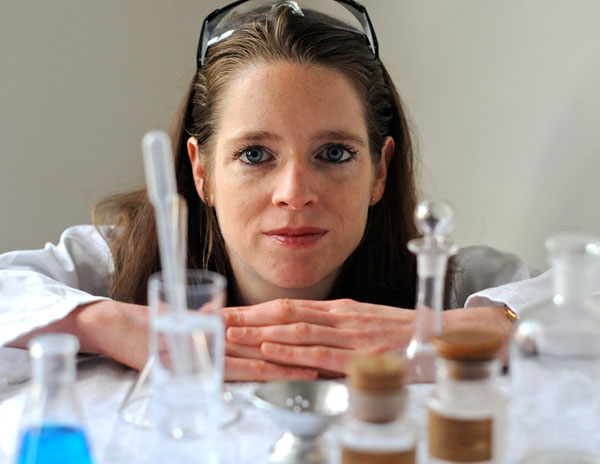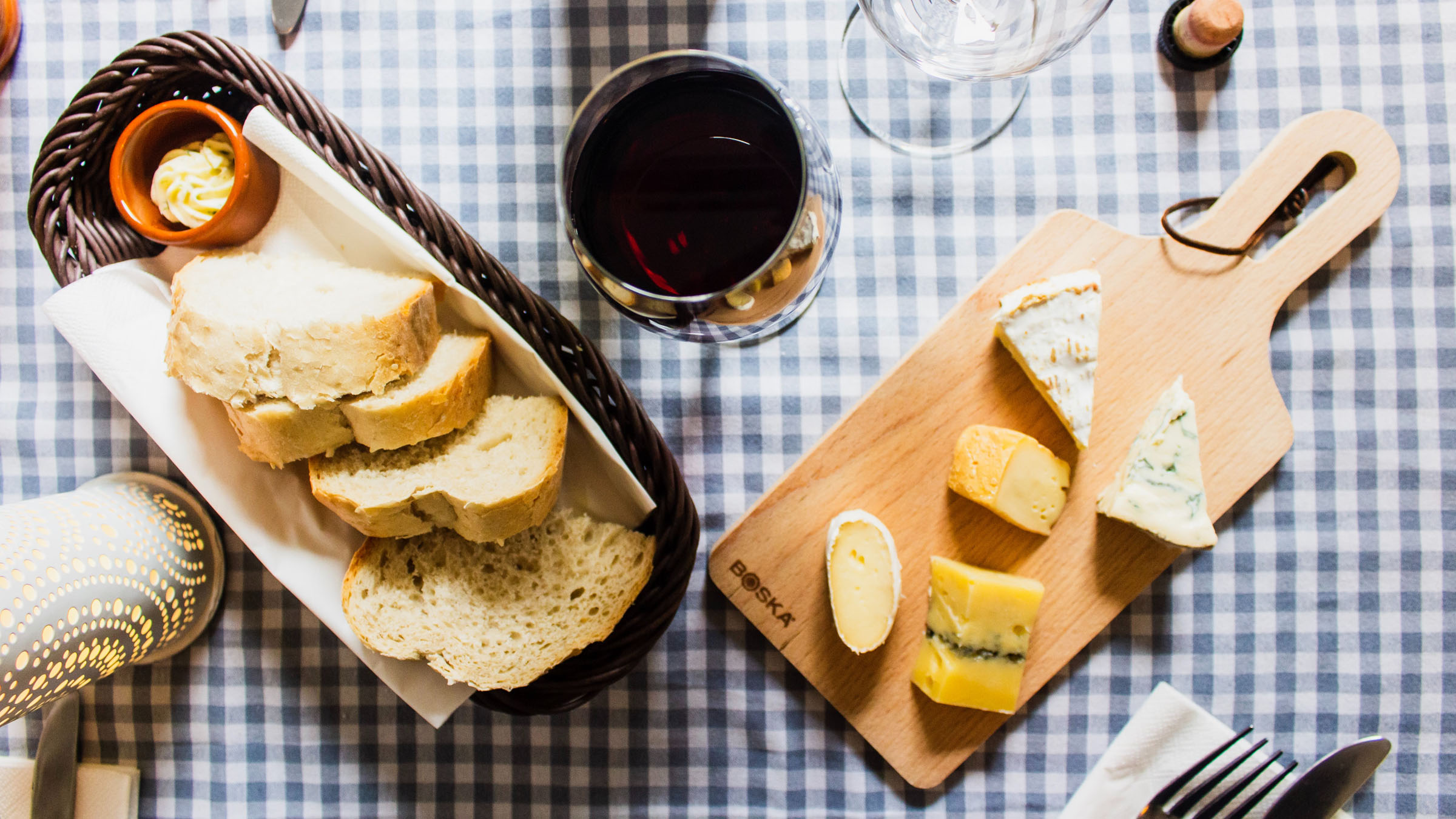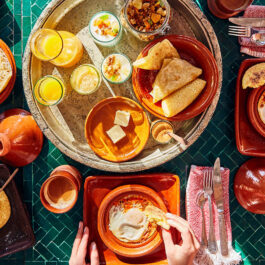Most of us would agree that enjoying good food is one of life’s greatest pleasures. But is it possible to enhance that pleasure by improving our palates? Or even use ‘hacks’ to improve our sense of taste? We set out to see what the flavour experts can teach us, and found some fascinating facts about flavour perception along the way.
Flavour vs Taste
One thing the experts we spoke to were quick to point out is that, while people use the word ‘taste’ to refer to our flavour senses, in its strict definition, the word ‘taste’ refers to the five basic tastes that our tongues can perceive: salty, sweet, sour, bitter and umami.
“Everybody says: ‘I have a cold so I can’t taste my food right now’, but in fact, when your nose is blocked, you’ve lost your sense of smell. You should actually say: ‘I have a cold, all I can do is taste’,” explains Bob Holmes, a science reporter and author of the book Flavor. “Unfortunately, English and most other languages don’t have a word for appreciating flavour as a whole, which is taste and mostly smell and texture. We use ‘taste’ for everything.”

Unfortunately, English and most other languages don’t have a word for appreciating flavour as a whole, which is taste and mostly smell and texture. We use ‘taste’ for everything. – Bob Holmes
Flavour scientist Rachel Edwards-Stuart concurs. “The aroma, appearance, texture and even the sound a food makes as you eat it all contribute to the overall flavour of that food or drink.” Edwards-Stuart’s PhD – focussed on exploring flavour delivery, specifically in the format of drinks – was sponsored by Chef Heston Blumenthal and she now runs events on the science of flavour perception for food professionals and other enthusiasts.
Our Palates: Nature Or Nurture?
“Taste seems like one of the senses that we don’t work on,” argues Holmes, whose book is aptly subtitled ‘The Science of Our Most Neglected Sense’. “We tell our kids ‘Look at that blue colour’ or ‘Listen to that high-pitched sound’, but we don’t say “Do you smell that? That’s cinnamon.’ Or: ‘That taste is umami.’ Even as adults we don’t pay as much attention to flavour as we do to other things. I think everybody can probably give a semi-coherent analysis of why they like a particular piece of music. Not many people can explain why they like a Fuji apple better than a Gala apple.”
But isn’t the way we perceive flavours innate? What about genetics and the ‘supertasters’ we keep hearing about?
We asked Edwards-Stuart. “A supertaster is commonly defined as someone who has a specific genetic sensitivity to the bitter-tasting compound 6-n-propylthiouracil (often called PROP for short). Approximately 25% of the population are classified as supertasters and find this compound extremely intense in bitterness. These supertasters are often characterised as also having a larger number of taste papillae on their tongue, and some research has shown that supertasters are often also more sensitive to other tastes, as well as things like the burn of alcohol or the heat of chilli.
“Non-tasters on the other hand, which also accounts for about 25% of the population, can not detect this bitter compound at all, and have been characterised as having fewer taste papillae on their tongue. It is thought that for non-tasters, things like music, ambience and appearance can be seen as more important in driving their experience and enjoyment of flavour because their taste perception is lower than for supertasters.
“The remaining 50% of the population are classified as tasters – they detect PROP at a medium intensity. While being classed as a ‘supertaster’ undoubtedly sounds cool, tasters probably have the best deal: they have a reasonable number of taste papillae on their tongue, and it is therefore thought that they can detect a good amount of taste, without being overwhelmed by it.
“Having said all this, it is generally accepted nowadays that our food and flavour preferences are probably more driven by nurture than nature, and that the way in which we have been exposed to food in general throughout our lives ultimately drives how we eat and what we like.”

It is generally accepted nowadays that our food and flavour preferences are probably more driven by nurture than nature, and that the way in which we have been exposed to food in general throughout our lives ultimately drives how we eat and what we like. – Rachel Edwards-Stuart
Train Your Palate
One way to taste your food better is to be trained – or train yourself – to identify and describe particular aromas and tastes, Edwards-Stuart explains. “The more practice you have at exposing and familiarising yourself with different flavours, the better you should become. Sommeliers, tea tasters and perfumers are all trained to do this, although some inevitably end up better at it than others.
“Professional sensory testers are also trained to be able to specifically identify particular flavour or taint compounds which can be found in foods and drinks, and they are also taught how to be able to identify changes in individual flavour stimuli without being affected by changes in other aspects of the product’s flavour, which most of us find hard to do.”
Building a vocabulary also plays a role, according to Holmes. “There have been studies comparing how sensitive the nose and palate of wine experts are compared to randomly selected people. The wine experts are no better than you and me. It’s just that they’ve worked on the vocabulary. They have a consistent and repeatable descriptor that they’ll apply to a particular flavour. These descriptors aren’t necessarily consistent from person to person, or necessarily accurate, but they’re consistent for that person.”
Furthermore, Edwards-Stuart points out that trying out new ingredients and dishes is part of becoming a better taster. “It will help expose our nasal cavity to new aromas and aroma combinations, but more importantly, it is generally agreed that repeated exposure to a new food, in the context of a positive eating environment, will really help in developing a liking for that food.”
Setting Up Expectations
What about our other senses that come into play when we eat?
“Some studies suggest that certain kinds of music go better with certain kinds of wine, or that describing a piece of food with a soft-sounding word versus a hard-sounding word can change the way we perceive it,” says Holmes. “All of this seems to work on setting up expectations, and these are really powerful – especially visual and auditory expectations.
“There is a famous study that suggests people find strawberry mousse tasting sweeter on a white plate than on a black plate, presumably because you perceive the bright colour better – the colour we’ve come to associate with ripe strawberry flavour. This is what high-end, molecular cuisine chefs are playing with all the time: confounding our expectations.”
Holmes tells of being served a petri dish full of transparent foods in Russia once. It tasted just like mushrooms in sour cream on rye bread, because the chefs had carefully extracted all the flavour elements and put them into transparent gelatin. “Especially for Russians this is a really powerful experience, because this dish is part of their heritage. It surprised them out of the blue.”
We can play with visual and auditory cues, like plating our food attractively or hearing the sizzle of a steak before we get to eat it, but ultimately our enjoyment of food most likely boils down to paying more attention. “Not getting that pleasure from something we do three times a day is losing out on part of what makes life fun,” Holmes says. “It’s like a day without music, or a day without going out for a walk.”














Sorry, the comment form is closed at this time.